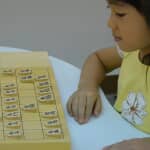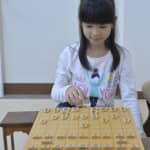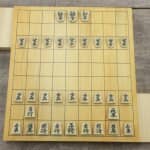Shogi 3 August 2017
Attack or Harass?
Japanese includes many homonyms. Just hearing them, even Japanese whose mother tongue is Japanese get confused with some of them. For example, Japanese “Semeru” that basically refers to offensive content is one of them. It has two meanings, to attack and to harass. You sometimes hear this word during a Shogi game and two meanings are distinguished clearly and used according to the situations. Did you know it?

To tell the truth, up till very recently I didn’t use this word, “Semeru”, of different two meanings appropriately in Shogi situations, to attack and to harass. In Shogi, when you are conducting an offensive approach to your opponent’s front line, “Semeru” is used as “harassing” and to defensive line the meaning of “Semeru” changes to “attacking”.
So, you “harass” Hisha (Rook), and “attack” the enemy’s camp.
Also, there is a saying in Shogi, “Harass opponent’s attacking piece”: one of Shogi techniques to reduce a threat from opponent’s attacking by capturing their attacking pieces.
Like this, with certain knowledge of Shogi terminologies you can enjoy Shogi more than ever. It might be very important process to improve one’s Shogi skill.
We are committed to provide meaningful articles regarding Shogi!




